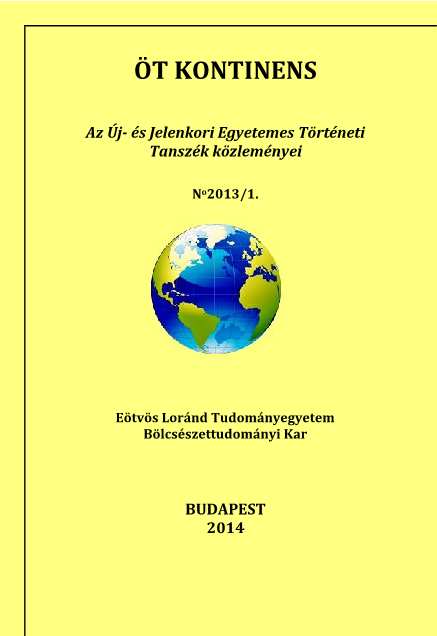Hungarian-Italian Economic Relations, 1927-1934
Hungarian-Italian Economic Relations, 1927-1934
Author(s): Petra HamerliSubject(s): Interwar Period (1920 - 1939), Socio-Economic Research
Published by: Eötvös Loránd Tudományegyetem, Új-és Jelenkori Egyetemes Történeti Tanszék
Keywords: economic;relations; interwar period; foreign policy; commercial accord; Brocchi-plan; Semmering Accords; Roman Protocols
Summary/Abstract: With the Italian.Hungarian Treaty of Friendship firmed on 5 April 1927, Hungary.s most important ally became Italy who approached to Hungary due to political and economic interests. In 1927.1928 the two States made economic treaties. In 1929 Iginio Brocchi drew up the plan of a customs union between Italy, Hungary and Austria, so he planned a trilateral contract. Its realization was very difficult for many reasons. After the economic crisis the European States realized the importance of the Danubian States. cooperation, so other favourable offers were made beside the triple bloc. And unless the Brocchi-plan was introduced as a bilateral contract with the signing of the Semmering Accord (1932), its non-viability cleared up soon. By 1933 the main problem of Europe was the Anschluss, and the States wanted to thwart it at any price. Because of this the Great Powers began to support the alliance of Hungary, Austria and Italy. The Hungarians and the Italians were always standing for it, and in this year they succeeded to convince Austria of its pertinence. The result was the signing of Roman Protocols on 17 March 1934.
Journal: ÖT KONTINENS
- Issue Year: 2013
- Issue No: 1
- Page Range: 257-270
- Page Count: 14
- Language: English

